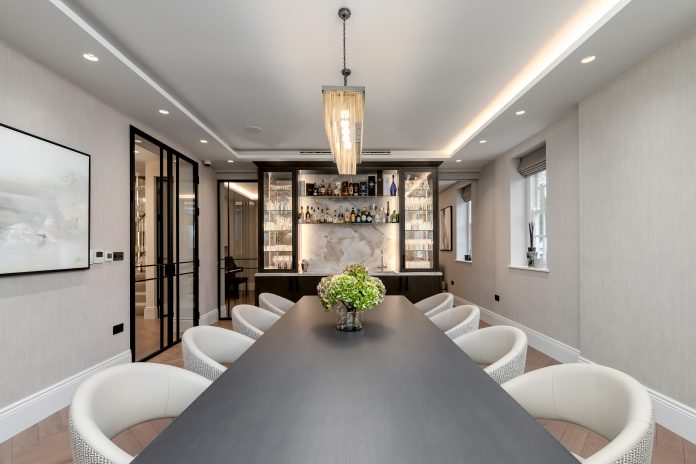In interior design, certain materials have the ability to shift not just the look of a home, but its entire energy. They define atmosphere, craft narrative, and quietly elevate the everyday rituals of living. One such material, once overlooked and underappreciated, is now experiencing a renaissance: steel. And at the centre of this revival is Insteel UK, a British atelier whose handcrafted steel doors and partitions have become essential tools for designers seeking impact, clarity, and architectural soul.
Steel has long carried a reputation rooted in utility. Strong, stoic, industrial. But in the hands of today’s interior designers, and through the craftsmanship of studios like Insteel, it has transformed into something far more expressive. Its presence inside a home creates rhythm. Its lines guide the eye. And its strength allows spaces to breathe in ways that feel effortless yet intentional.
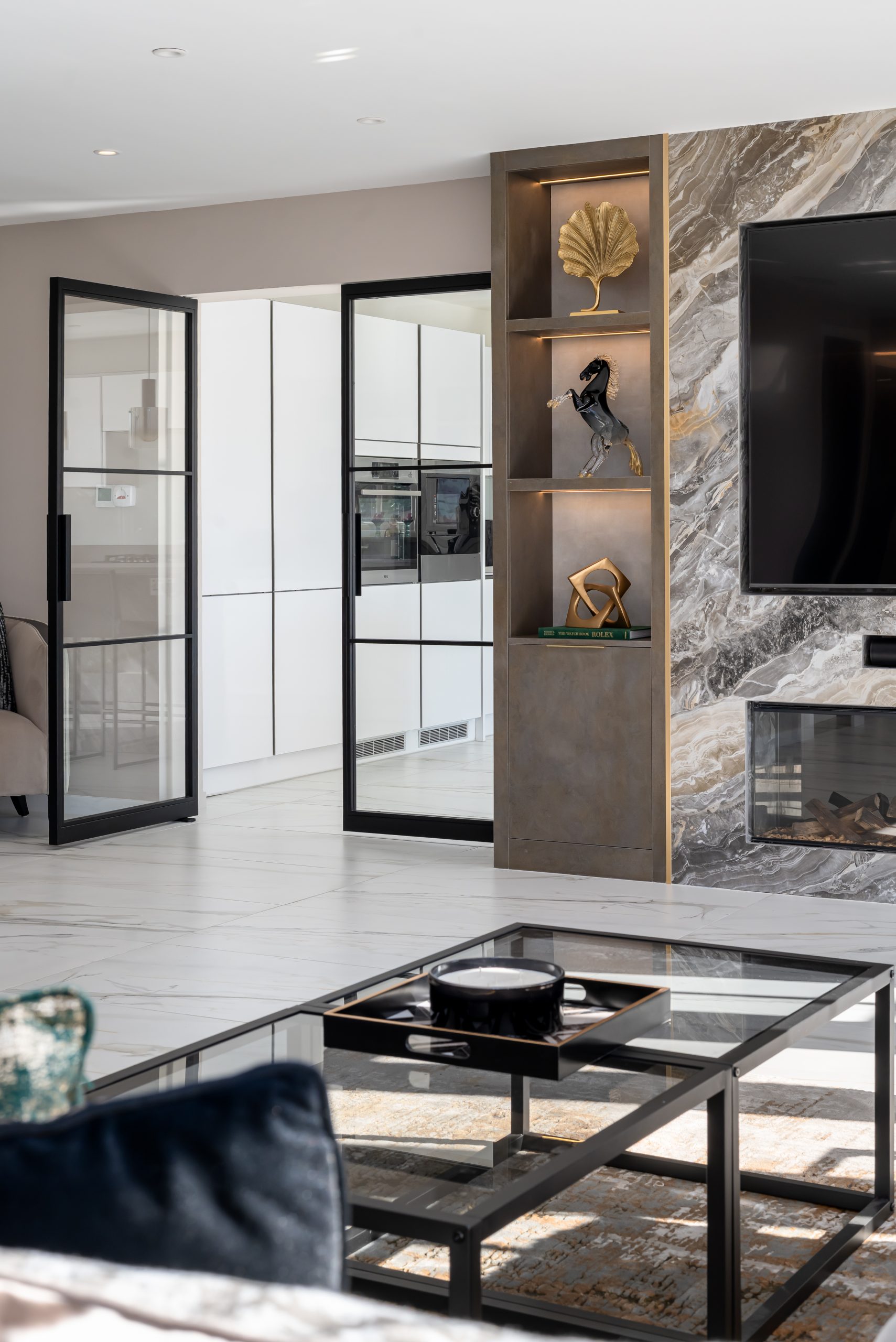
A Material That Shapes Space Like Light
What sets steel apart is not simply its robustness, but its relationship with light. Designers often speak of light as a material — something to sculpt, curate, and direct. Steel is one of the few architectural materials that can truly support this philosophy. With frames finer than timber or aluminium, and the ability to hold large panes of glass, it invites light to travel gracefully from room to room, creating interiors that feel open, calm, and connected.
This is where Insteel’s work distinguishes itself. Their steel-framed doors and partitions are designed not merely as functional elements but as architectural gestures. Each piece is handmade in the UK, measured to precision, and crafted to sit as comfortably in a minimalist penthouse as in a Victorian terrace. The result is design that feels grounded yet weightless; a harmony of structure and softness.
Insteel’s founder, Agnes Mikulska, describes steel as “a material that never forces its presence, but never disappears either.” In the world of interiors, where subtlety often proves more powerful than spectacle, that duality is invaluable.

The Power of Refinement in Transformation
Interior designers are increasingly seeking materials that elevate without overwhelming, that bring clarity rather than complication. Steel does exactly that. When used in refurbishments and restorations, it becomes a bridge between eras. In heritage homes, it introduces contemporary lines without erasing period details. In modern builds, it adds depth and definition, preventing spaces from feeling sterile.
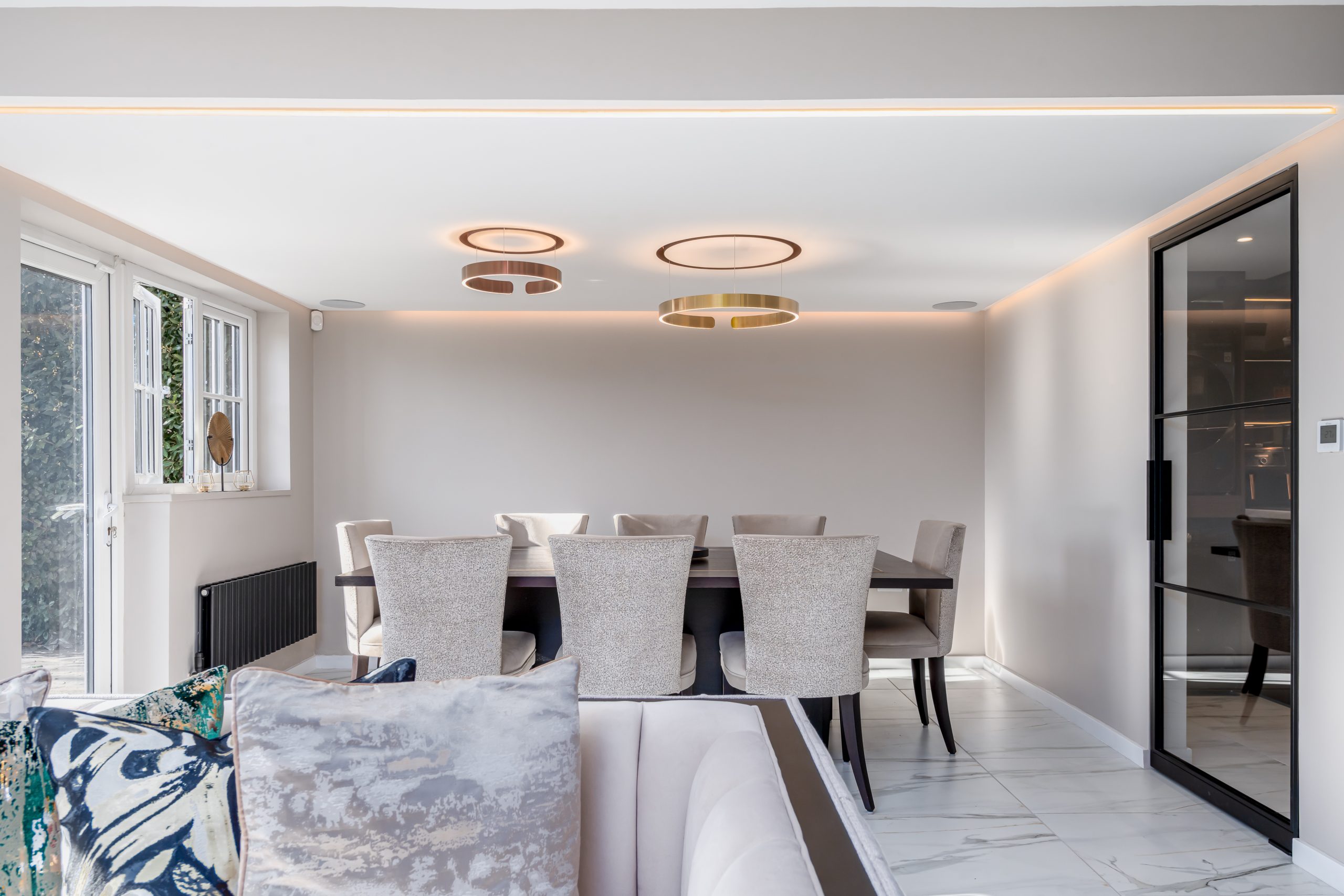
Insteel’s recent work across London demonstrates this beautifully. In a Kensington townhouse, steel partitions were used to reorganise the ground floor, allowing sightlines to stretch from the front door to the garden. The effect was transformative: more coherence, more calm, more character. In a Chelsea renovation, blackened steel doors brought graphic precision to a soft neutral palette, sharpening the interior’s overall composition. And in a riverside penthouse, curved steel formed a sculptural flow that softened the architecture without diluting its impact.
These transformations highlight an important truth: steel isn’t merely decorative. It is spatial. It shapes how a room feels, functions, and connects. It influences movement. It anchors the palette. And it frames the moments of living that unfold within it.
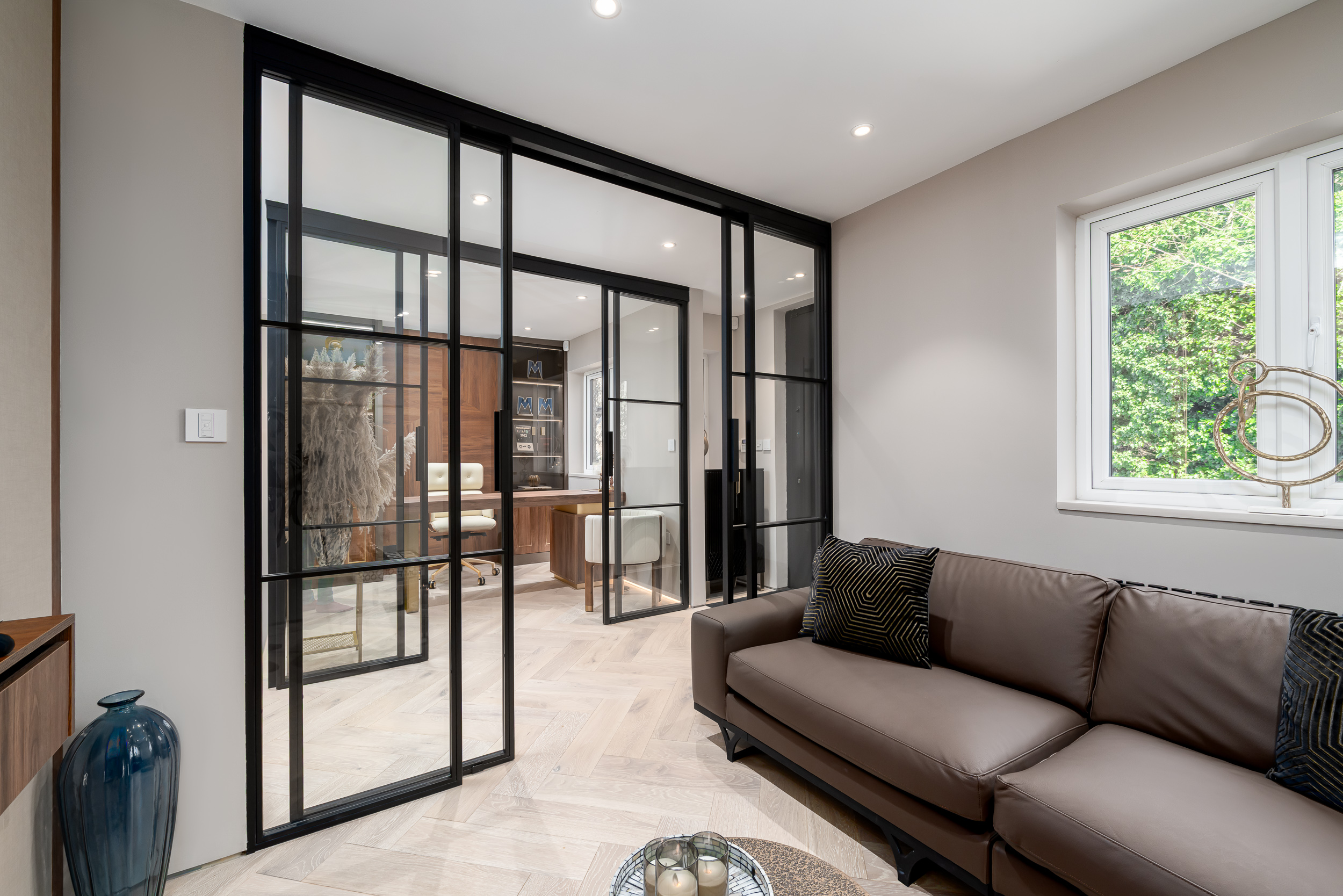
Craftsmanship That Elevates Materiality
Part of steel’s renewed appeal lies in the craftsmanship now associated with it. Insteel’s process rejects mass production in favour of artisanal attention. Every piece is the result of precise welding, refined geometry, and an intimate understanding of architectural nuance. Sightlines align. Shadows fall intentionally. Frames feel delicate yet decisive.
For interior designers, this level of detail is essential. A steel door is not just a threshold, it is a design decision with emotional, aesthetic, and architectural implications. When executed with care, it becomes a signature. Mikulska believes this is why designers continue to gravitate toward steel: “It offers a kind of honesty. Every line has purpose. Every joint has integrity. It’s a material that rewards restraint.”
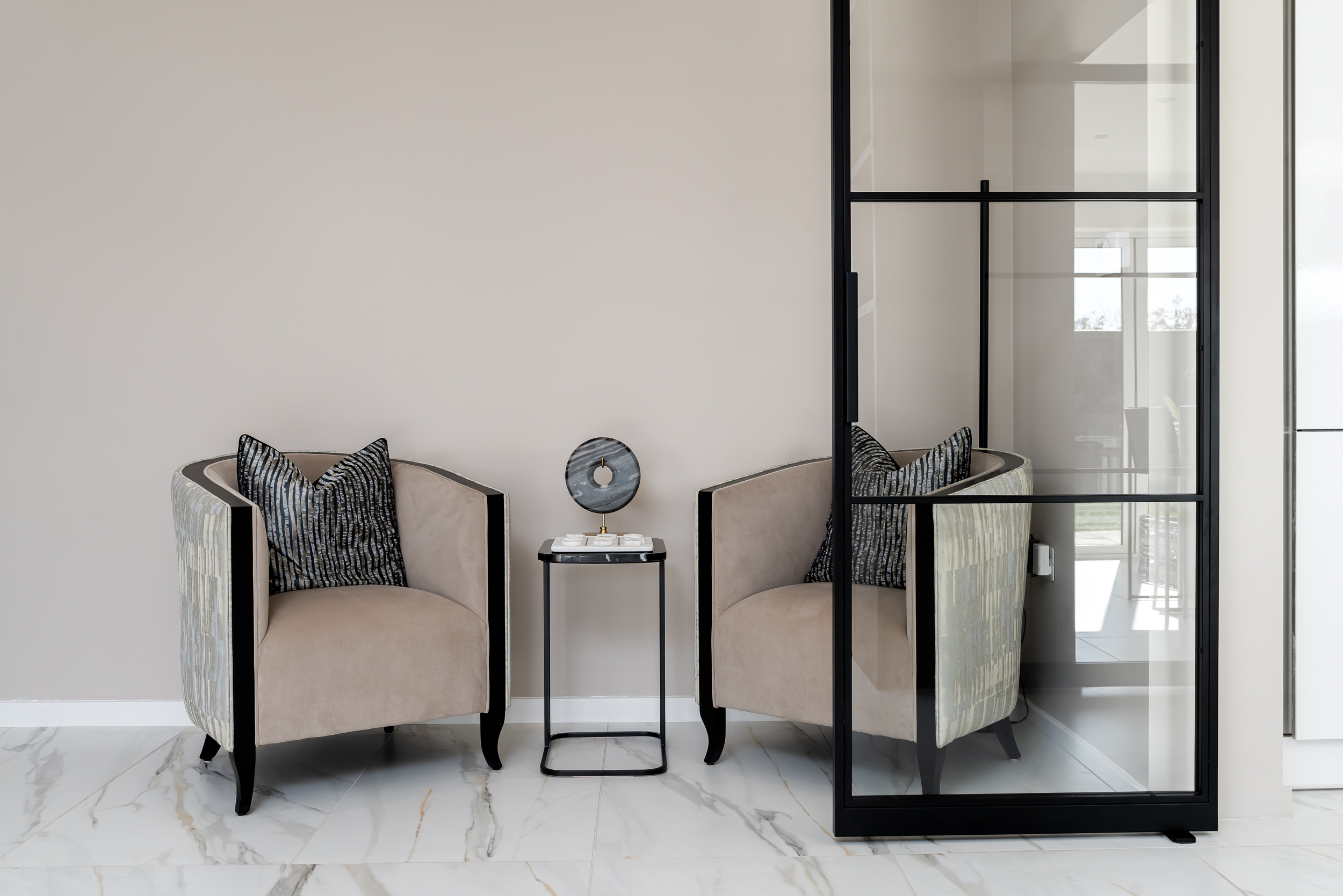
A Material for Interior Futures
As interior design shifts toward slower, more mindful aesthetics, spaces that prioritise longevity, emotion, and craftsmanship — steel’s relevance only strengthens. It resists trends. It resists time. It offers a permanence that feels increasingly rare in an era of fast design and disposable décor.
Insteel’s work exemplifies this evolution. Their pieces are not merely installed; they are integrated. They create harmonies between light and shadow, movement and stillness, old and new. They remind us that transformation doesn’t need to be loud to be powerful — sometimes, the smallest frame can change the entire story of a space.
In the hands of interior designers, steel becomes more than a material. It becomes a medium of atmosphere. A way to express restraint. A tool for crafting interiors that feel intentional, enduring, and deeply human.
And in the hands of Insteel UK, it becomes art.








